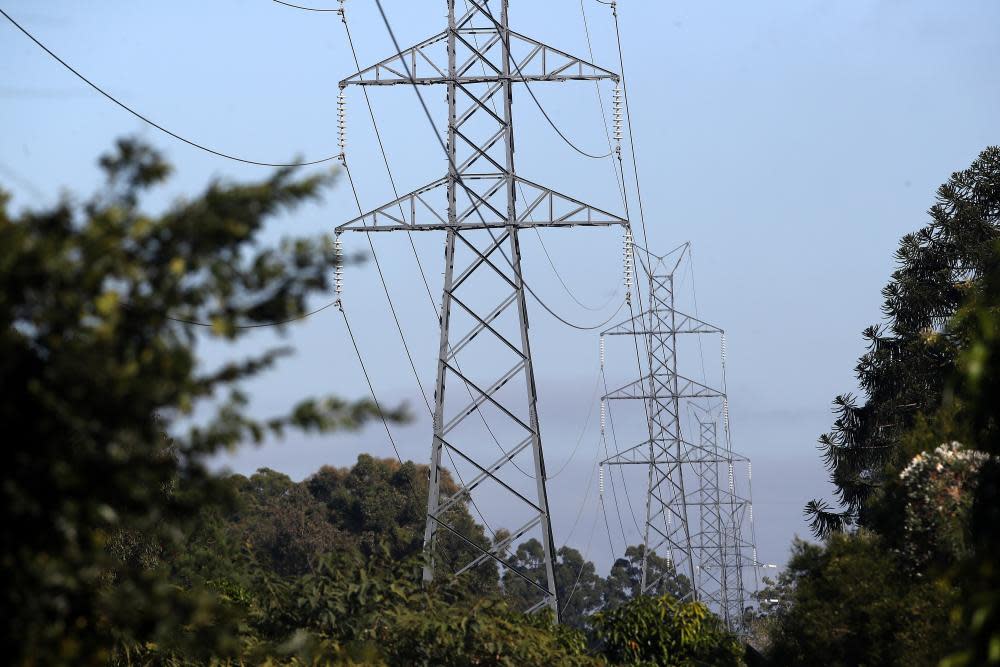Energy networks garnered $10bn in ‘supernormal’ profits from consumers in eastern Australia

Eastern Australia’s energy consumers have been slugged $10bn that has gone to electricity network providers as “supernormal profits” since 2014 because of flawed regulation, a new report by the Institute for Energy Economics and Financial Analysis suggests.
The report on regulated networks, released on Wednesday, found providers of “pole and wires” such as United Energy, AusNet and Endeavour, extracted payments that were 11% more than costs in the years to 2021. That rate was 67% more than would be considered “normal” profits, the analysis of 18 providers found.
Depending on which of the eastern states people resided in, each energy customer paid $800-$1,200 more than regulators should have let companies charge. The added payments brought no additional reliability benefits, the report said.
Related: Labor’s deal with gas exporters will lock in high prices, consumer groups say
The author of the report and a former New Zealand and New South Wales treasury officer who oversaw government-owned corporations, Simon Orme, said Australia’s energy customers had been “spinning golden silk for network providers for nearly a decade”.
“People’s electricity bills are forecast to increase even further over the next six to 18 months as high coal and gas prices globally impact Australia’s domestic prices,” Orme said.
“The inefficiencies from excessive network prices, and wealth transfers created by persistent sector-wide supernormal profits, are also delaying decarbonisation of the electricity system.”
The report by IEFFA, which advocates against fossil fuel investments, comes as energy users brace for another bout of higher costs.
Last week, the Albanese government decided against deploying its so-called gas mechanism to shield east coast users from soaring global prices for the fuel. As gas is often the fuel setting the price in the national electricity market (NEM), sustained high gas prices also elevate power bills as well.
Electricity users are expected to be tapped to help support the expansion of transmission lines needed to harvest energy from a burst of new solar and windfarms. Unnecessarily high network bills will make consumers less receptive to new imposts, the report said.
“The $10bn in super profits extracted by electricity networks over 2014-2021 is approaching the capital cost of AEMO-identified regulated transmission projects necessary to support the closure of most coal-fired power generation,” Orme said.
Related: Ross Garnaut’s Superpower follow-up tells a story of promise but also of peril
He said the Australian Energy Regulator had not done its job. That role was to ensure networks charge consumers only what is needed to cover costs of investing in, building, maintaining and operating networks, plus a profit margin for investors.
“A key issue is that standard parliamentary accountability mechanisms, such as regular reviews by auditors general, do not appear to be applied to NEM,” the report said. “The impetus for reform, therefore, needs to be driven from outside the existing NEM institutions.”
Orme said the federal government should set up an independent commission of inquiry into the economic regulation of networks to ensure future profit excesses are reined-in.
“If this situation is not improved, energy consumers will continue to pay more than required for electricity distribution and transmission network services, and up to 43% more for new assets into the future, increasing the cost of the energy transition and deterring investment in low carbon generation,” he said.

 Yahoo Movies
Yahoo Movies 
